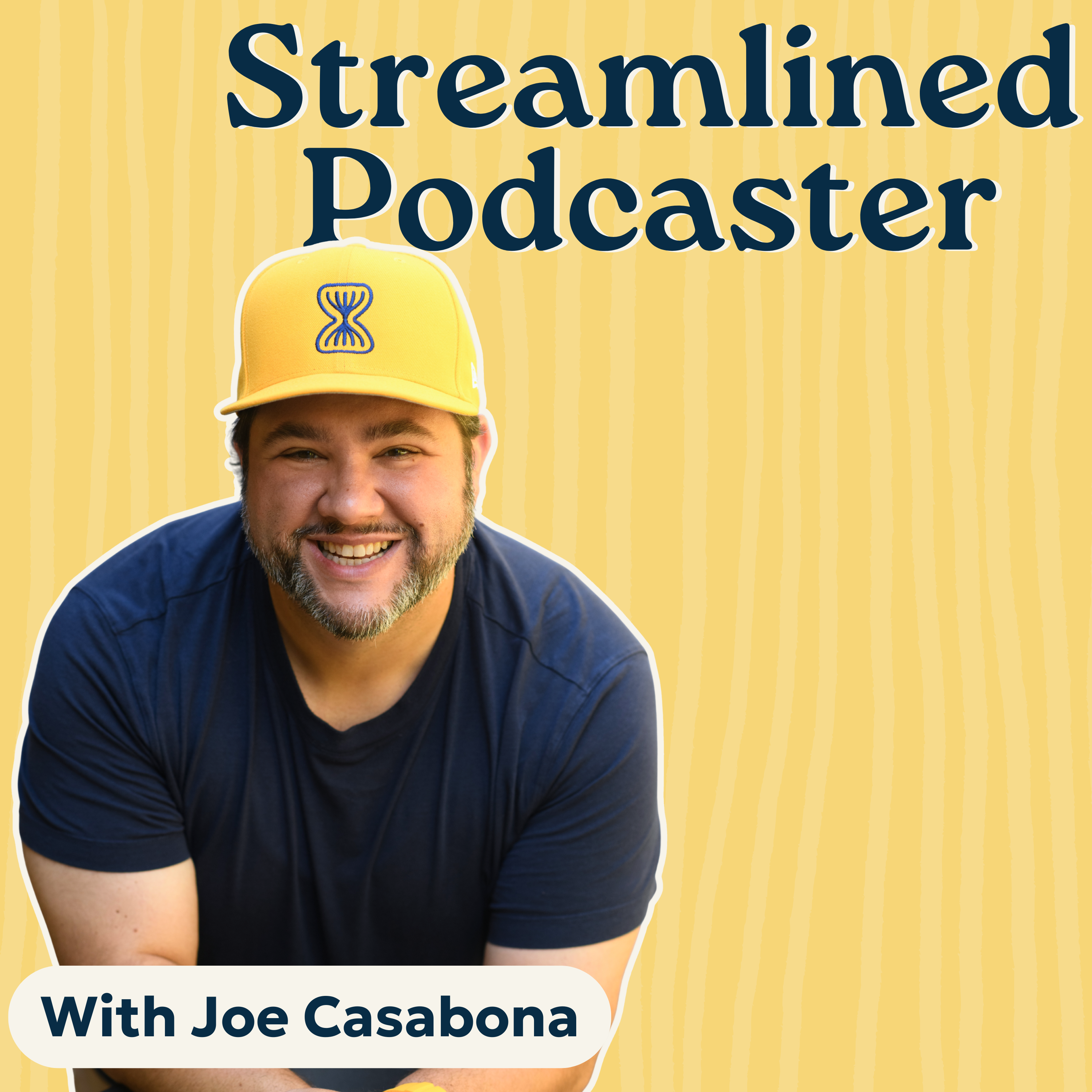
Podcasting Made Simple
Podcasting Made Simple is the premier podcast about podcasting! We’re here to help podcast guests and podcast hosts reach more listeners and grow their income so they can change more lives! Join Alex Sanfilippo and other podcasting industry experts as they share how you can level up on either side of the mic! (Show notes and resources: https://PodMatch.com/episodes)
Podcasting Made Simple
Mastering The Solo Podcast Episode | Isabella Sanchez Castañeda
Many podcasters struggle with the fear of sounding awkward or rambling when recording solo episodes. But the truth is that with the right strategy, you can create impactful content that resonates with your audience. In this episode, Isabella Sanchez Castañeda debunks common myths about solo podcast episodes and explains how to create engaging content that captivates your listeners. Get ready to establish yourself as a thought leader and market your business with captivating solo episodes!
MORE FROM THIS EPISODE: HTTPS://PODMATCH.COM/EP/286
Chapters
00:00 Introduction: The Power of Solo Episodes
02:48 Hooking Your Audience: Grabbing Attention
04:27 From Essay to Episode: The Five-Paragraph Structure
06:38 Engaging Your Listeners: Transitions and Recaps
07:55 Empowering Your Listeners: Conclusions and Calls to Action
08:51 Becoming an Authority: Growing Your Thought Leadership
Takeaways
- Solo episodes are an effective way to market your business and grow your thought leadership.
- The structure for a solo episode is similar to a five-paragraph essay, with an introduction, body paragraphs, and a conclusion.
- The introduction should include a hook, background information, and an orienting statement.
- The body paragraphs should cover the main points of the episode, with clear explanations, examples, and stories.
- Transitions between points help keep the listener engaged.
- The conclusion should empower the listener and include a call to action.
- Following this structure will help hosts stay on topic and provide valuable content.
MORE FROM THIS EPISODE: HTTPS://PODMATCH.COM/EP/286
🎟️ UPCOMING EVENT: Podcasting Made Simple Live, our virtual event for podcast guests and hosts! See the details: https://podmatch.com/event. Enter code PMLIVE for free VIP access!
You're listening to Podcasting Made Simple. You need to do more solo episodes, especially if you are using your podcast to market your business. But if you're like the majority of hosts, you're afraid that if you do solo episodes, you'll ramble, go on for too long, or sound weird talking to yourself. Which is why I don't see nearly enough podcasts feature solo episodes. And that's a shame because solo episodes are the key to successfully marketing your business, and growing your thought leadership. So today, I will teach you a simple episode structure that will help you plan your solo episodes quickly and effectively. If you follow this structure, you'll know exactly what to say without having to ask, does this make sense, hundreds of times. So, are you ready to dive in? I'm Isabella Sanchez -Castaneda. I have helped script and develop over 200 solo episodes for experts just like you. And by following this podcast structure, they are able to grow their personal brands through their podcast. Now, it may have been a while ago, but if you went to school in the States, you learned the five paragraph essay. If you need a refresher, the five paragraph essay is typically an intro section followed by a paragraph about each point and then a conclusion at the end. Guess what? Your solo episodes are a nice five paragraph essay. Let's break it down even further. If you don't have a pen and paper out right now, I need you to get one because this structure is really simple, but it's gonna go by fast. First, you'll have the intro section of your episode. Your introduction is composed of your hook, some background, and your orienting statement. Next, your body paragraphs are the points you wanna make about your topic. And then your conclusion paragraph is your summary or call to action. That's the basic structure, introduction, supporting points, and conclusion. Now, let's add more detail. First up, you need to start your episode with a hook. These first couple sentences of your episode need to grab your listener's attention right away. And no, I don't want you to start your episode with a long, hey guys, I was doing this over the weekend and I went to the theme park and now I'm here and my kids are napping while I record this episode. You don't need any of that in your solo episodes. And I know you want to include it because you want to sound more personable and you want to include more of yourself in your episode. But I'm going to explain to you how you can do that in a way that's way more relevant later in your episodes. So with this hook, you want to jump straight into your episode. This makes sure that you are capturing people's attention right away and keeping them interested. A really easy hook for you to try is asking a question. Something like, Have you ever struggled with X, Y, and Z? If yes, this episode is for you. This is my basic one, and it works well every time. Later, once you're more comfortable with the formula, you get more experimental, such as using bold statements that you know will subvert your listener's expectations. Next, just like the five paragraph essay, you need to include enough background for you and the listener to be on the same page. This could look like sharing definitions, a short story about how you landed on this topic, or an analogy that sets up an easy comparison in their mind. My default analogies are ones that compare the topic to going to the gym or to dating, because these are things that everyone has experienced or can at least imagine themselves doing. The third thing you're going to include in this intro section of your script is an orienting statement. Your orienting statement is a promise to your listener. you are promising that you will cover a specific topic and that they will walk away with something at the end. This orienting statement becomes the guide for the rest of your episode for both you and the listener. So as you continue throughout the episode, you wanna reference that orienting statement and ask yourself if you're staying on track. Usually an orienting statement sounds like, in this episode, I will talk about one, two, and three. For example, I used an orienting statement at the beginning of this talk. I promised you I would teach you a simple episode structure that will help you plan your solo episodes quickly and effectively. All right, so far we have covered having a hook, something to grab people's attention, a bit of background to make sure everyone's on the same page, and an orienting statement that serves as a promise and a map for the rest of your episode. This is all again part of that introduction paragraph of your five paragraph essay. Now let's get into the actual content or body paragraphs of your episode. This is where your three paragraphs come in. What are the three points you have to make about that topic? For each point in your episode, you wanna make sure you have a clear explanation of your point. from a technical place, such as a definition or how you want something to be understood. This is also a great spot to add a statistic or any research you've found that supports your point. Then, and this is really important, you want to include an example or a story. Your listener will walk away with a stronger understanding of each of your points when you connect them to a story or an analogy that they can understand. A story will always stick in a listener's mind longer than a definition. Plus, this is the space where your personality can really shine through in your episodes. The stories and examples that you choose to tell are related to you and your work. It's likely that your life experience will influence what stories come to mind. The stories you choose to tell may not be the ones I choose to tell. For example, my client, Arianna, always incorporates examples about her four -year-old. and relates them to systems and operations. These are stories that she can uniquely tell because she's a mom, a system specialist, and an entrepreneur. Her listeners walk away knowing little nuggets of her life while also staying on topic. My personality shines through when I talk about yoga or my years in journalism. And when I use client examples like the one I did earlier, you also get to know the type of people I typically work with. So what are the areas in your life that you can make comparisons to or pull stories from? It might be a sport that you play, your family, or your interest in movies. And once you've explained your point from a technical sense and then added that story, you wanna wrap up each section with a strong transition. This transition sentence between each point gives your listener an opportunity to tune back in. Since you know your listeners are most likely multitasking, These transitions bring their attention back and remind them of where they are in the episode. Recap what you've told them and then let them know what they can expect next. I'll give you an example right now. So far, we have covered your hook, your bit of background, your orienting statement, and how to make your point with transitions. Now we're going to move on to how to wrap up your episode so that people take action. You've made it to the conclusion section. In this section, you want your listener to feel empowered by the information you just gave them. Really emphasize what this information means for them going forward. Highlight what they should do differently after listening to your episode. Then frame your call to action as a natural next step. Don't see it as a pitch that you just slap on at the end or something like a sleazy sales moment. Choose a call to action that feels like a natural continuation. Something like, if you wanna dive deeper into this topic, book a call with me in the show notes and we'll spend an hour looking at how this applies to your business. Or if you have a related freebie, let them know that they can learn even more through a resource that you already prepared. Again, this is simply an invitation to go deeper. And yes. Every single solo episode needs a strong call to action that points to an email landing page, a sales page, or a call. Then all you have left to do in your episode is to do a cute sign off, say goodbye, and close out the episode. If you've been taking notes, which I hope you have, you'll see that down the page you have recreated a five paragraph essay in podcast form. You have your intro paragraph with a hook. a bit of a background and an orienting statement. Then your body paragraphs that explain each of your points and have an example or story to go along with them. Next, transition sentences and recaps between each point that bring you naturally to the next one. And a strong conclusion with an invitation to go deeper with you. That short and simple structure is all you need to start planning your solo episodes. You will stay on topic and provide depth in your subject, so that your listener sees how much of an authority you are in your industry. And no, your listeners will not realize you are using the same structure every solo episode. All they will notice is that you are constantly grabbing their attention at the beginning and throughout the episode, and that you are providing them with exactly the information that they need that week. Try it out and let me know how it goes. I can't wait to listen to your solo episodes and hear how much of an authority you are. Remember, you don't have to ramble. You can just follow this five paragraph structure and do a great solo episode. For more episodes, please visit podmatch.com forward slash episodes. Thank you so much for listening.
Podcasts we love
Check out these other fine podcasts recommended by us, not an algorithm.
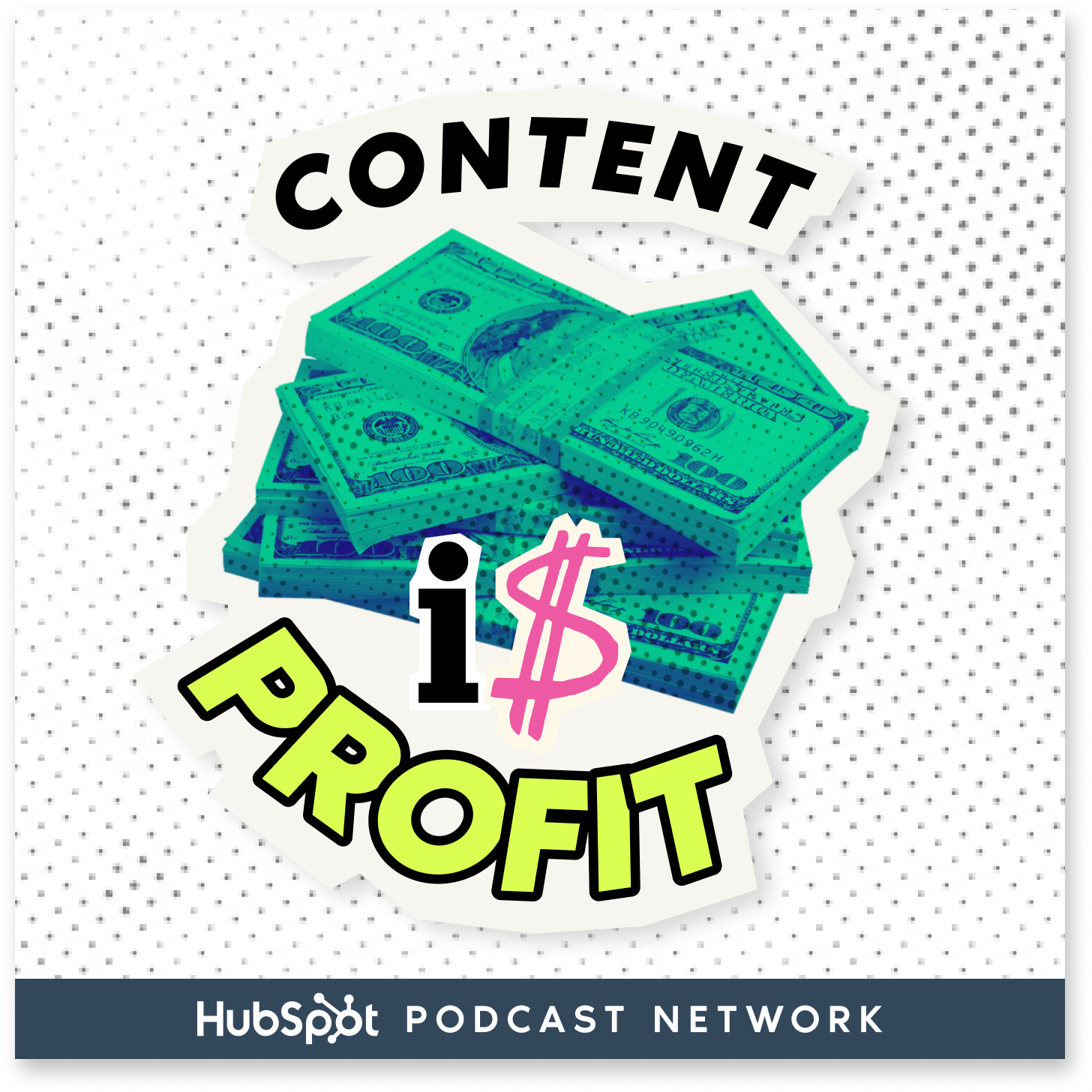
Content Is Profit
BIZBROS
Win The Content Game
Deirdre Tshien - CEO & co-founder of Capsho, AI-powered Content Marketer (the fastest way to repurpose and market your expert content)
Fastlane Founders and Legacy with Jason Barnard: Personal Branding, AI Strategies, and SEO Insights
Jason Barnard Entrepreneur and CEO of Kalicube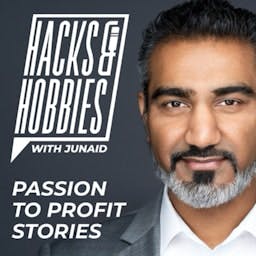
Hacks and Hobbies with Junaid Ahmed
Junaid Ahmed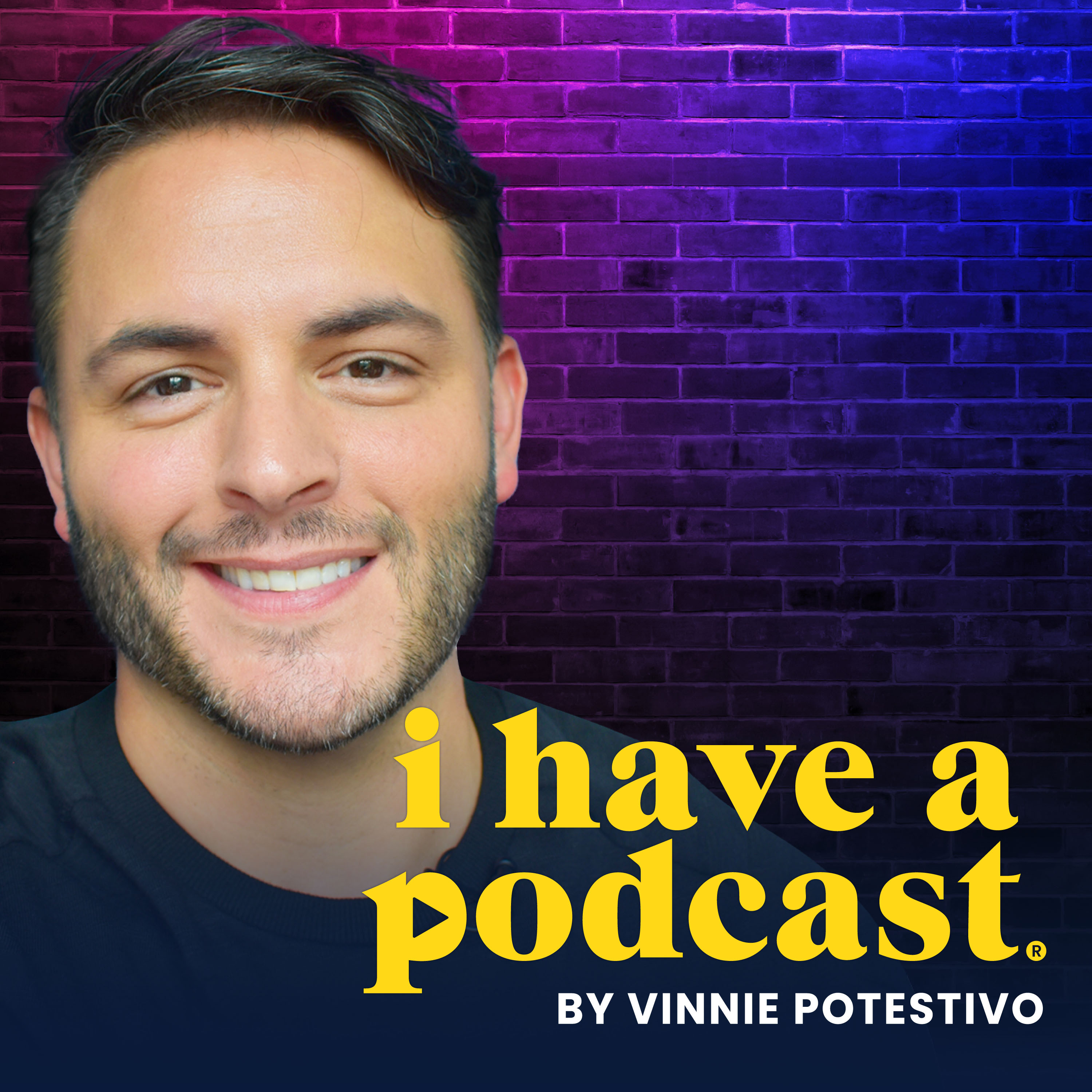
I Have A Podcast by Vinnie Potestivo
Vinnie Potestivo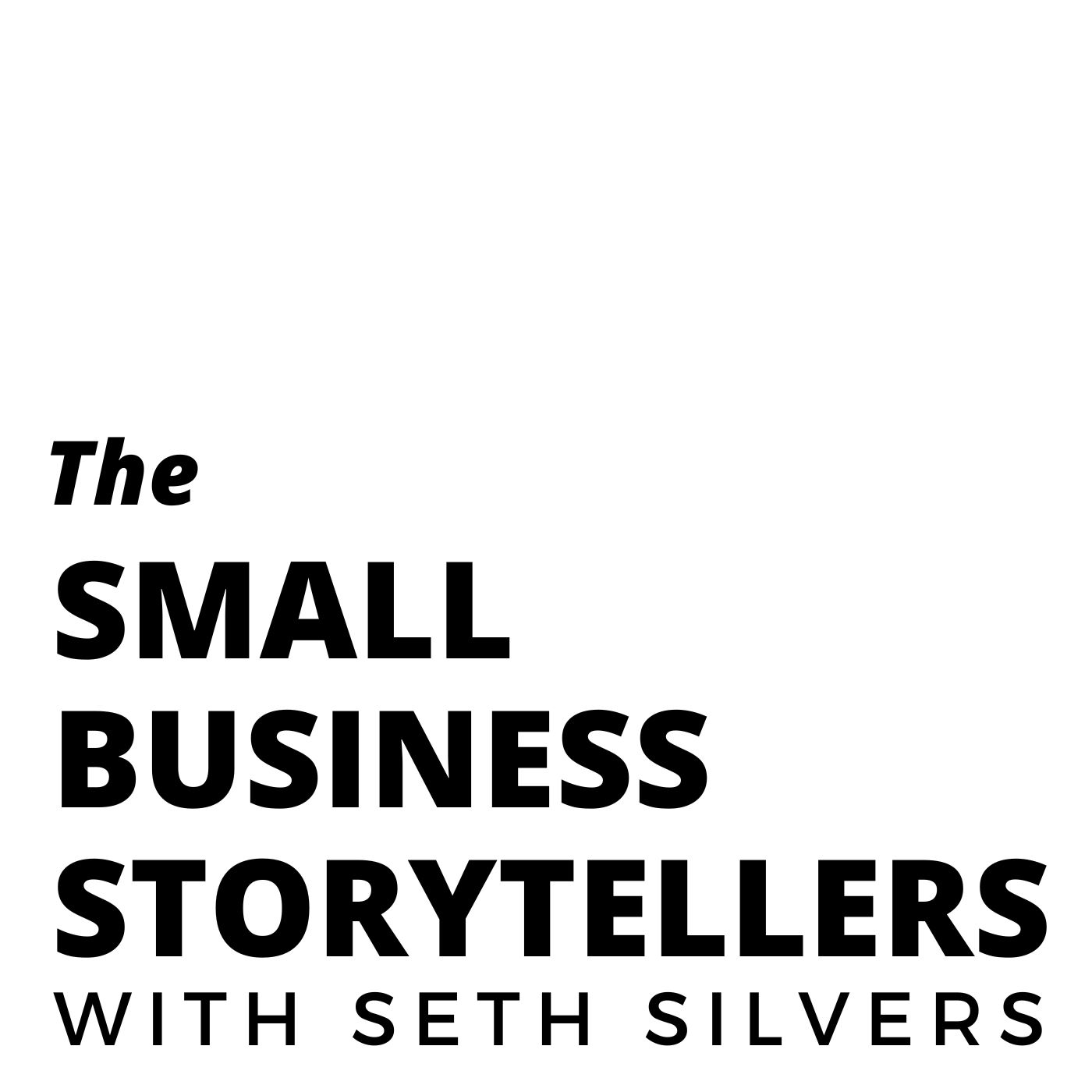
The Small Business Storytellers with Seth Silvers
Seth Silvers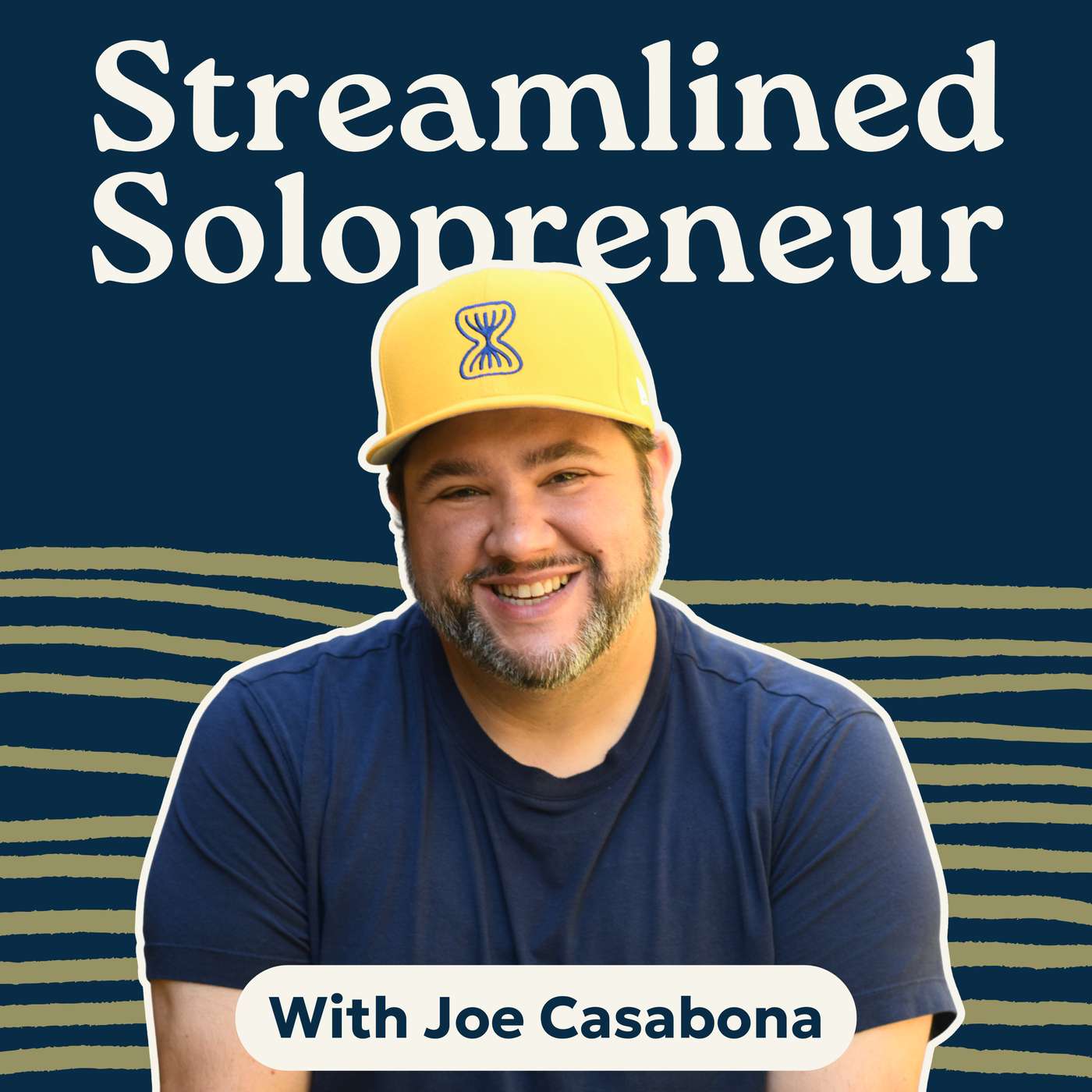
Streamlined Solopreneur: Tips to Help Small Business Owners Grow Without Burnout
Joe Casabona, Business Systems Coach
Insider Secrets to a Top 100 Podcast with Courtney Elmer | Podcasting Strategy for Business Growth
Courtney Elmer | PodLaunchHQ.comDo The Thing
Stacey Lauren
Tech Bytes - with Dan Hafner
Dan Hafner

